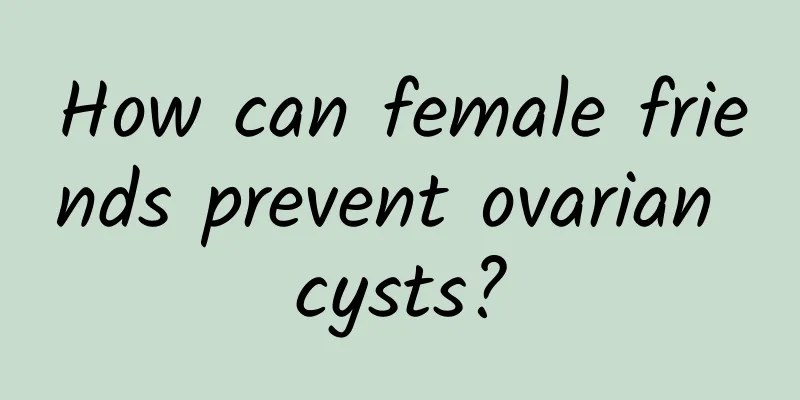What are the types of uterine fibroid degeneration?

|
Degeneration of uterine fibroids is actually some changes that occur during the growth of uterine fibroids, which may affect the nature and symptoms of the fibroids. Usually, uterine fibroids are benign, but in some cases, they may undergo degeneration. Understanding the types of degeneration of uterine fibroids can help better manage and treat this common gynecological problem. There are several main types of uterine fibroid degeneration. The first is hyaline degeneration, which is the most common type of degeneration, accounting for about 60% of all degenerations. In this case, the tissue of the fibroid becomes as transparent as glass and usually does not cause serious symptoms. The second type of degeneration is cystic degeneration, which is due to the accumulation of fluid inside the fibroid, forming a cystic structure. Although cystic degeneration does not usually pose a major threat to health, it may cause abdominal discomfort or pressure. Red degeneration is another type to watch out for, and it usually occurs during pregnancy or when hormone therapy is used. This degeneration can cause bleeding inside the fibroid, causing acute abdominal pain and fever. Fatty degeneration is an increase in fat cells in the fibroid tissue. This degeneration is rare, but it may affect the texture and appearance of the fibroid. Calcified degeneration refers to the deposition of calcium salts in the fibroid tissue, causing the fibroid to become hard. This condition is more common in postmenopausal women. Understanding these types of degeneration can help us identify the symptoms and changes of uterine fibroids and seek medical help in time. Each type of degeneration may show different symptoms and signs, and regular gynecological examinations are very important. For women with uterine fibroids, paying attention to their own physical changes and maintaining good living habits are important measures to manage and prevent fibroid degeneration. In daily life, maintaining a healthy diet and moderate exercise can help maintain hormone balance in the body, thereby reducing the risk of uterine fibroids degeneration. Regular health checks and communication with doctors are also important steps in preventing and managing uterine fibroids. By understanding the types and symptoms of uterine fibroid degeneration, we can better protect our health and take appropriate measures in time. I hope this information can bring you help and inspiration. |
<<: Tianqi Tongjing Capsule for the treatment of dysmenorrhea
>>: What to do if your menstrual period is long
Recommend
Lose weight with just 3 minutes of high-intensity exercise per week
No time to go to the gym, too tired to move after...
So brave! Lowering cholesterol can help you lose weight, the top offender
Many people regard health foods as a guarantee of...
Warning symptoms of ectopic pregnancy
What are the symptoms of ectopic pregnancy? Under...
Skipping breakfast to lose weight? Instead of reducing it, the risk of diabetes and hypertension increases!
Many people always tell themselves to eat less as...
What causes pelvic effusion?
What causes fluid accumulation? From a medical po...
Dietary precautions for patients with chocolate cysts
Many people now know about ovarian chocolate cyst...
Lose weight and avoid starvation! 10 Superfoods to Munch on
The human body's basal metabolic rate increas...
Is it normal to have lower abdominal pain on the fourth day after an abortion?
Whether it is normal to have lower abdominal pain...
Talk about the harm of uterine fibroids to the body
Uterine fibroids are the most common gynecologica...
Can endometriosis be cured?
Endometriosis is treatable, but it cannot be comp...
Why can't I get pregnant if I have an ovarian cyst?
Women want to have children, but if they cannot g...
How should we take care of vaginitis
Vaginitis is an inflammation of the vaginal mucos...
What is the TCM differentiation of uterine fibroids? What is the TCM name for uterine fibroids?
What is the TCM differentiation of uterine fibroi...
What are the harmful manifestations of endometrial tuberculosis?
Endometrial tuberculosis is a gynecological disea...
What measures are considered prevention of pelvic inflammatory disease?
Among the gynecological inflammatory diseases, pe...









